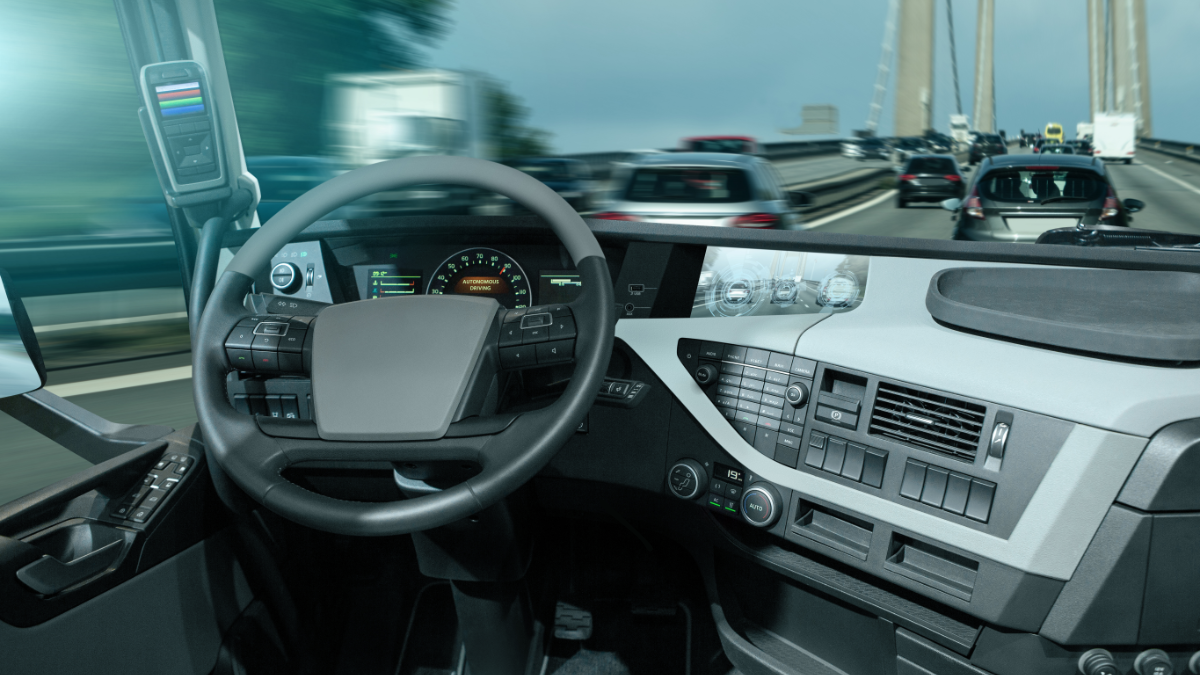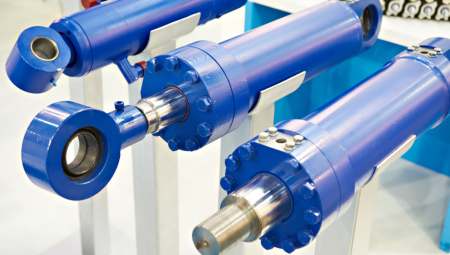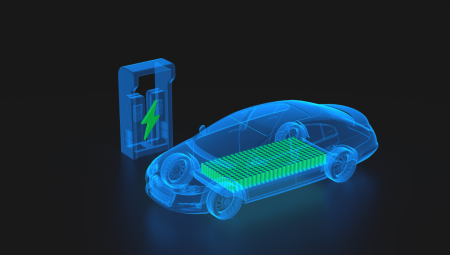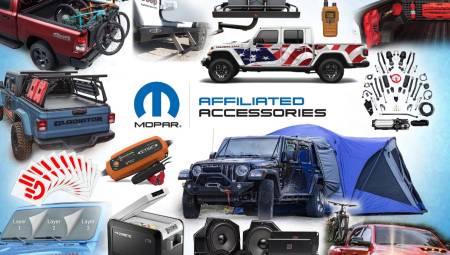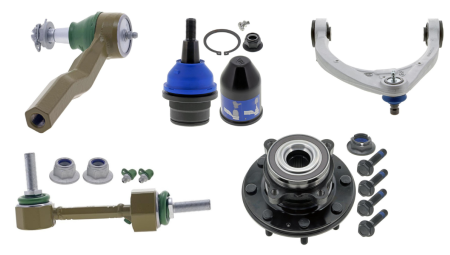United States. The global market for autonomous trucks will reach a value of $179.9 billion by 2035, with a compound annual growth rate of 14.4%, according to a recent study by analytics firm MarketsandMarkets.
This expansion is attributed to the growing interest in electric and autonomous vehicles, as well as government regulations focused on road safety.
The report projects a considerable jump from the estimated $40.7 billion by 2024. Constant innovation in advanced driving technologies and the development of key components, such as sensors and assistance systems, are fuelling this transformation in the freight transport sector.
Among the main drivers of the market are the adoption of automation technologies and the increase in demand for solutions such as truck platooning, a modality that allows several trucks to circulate in convoy in a synchronized manner through artificial intelligence and connectivity, optimizing fuel consumption and reducing road congestion.
The study also identifies challenges such as the lack of infrastructure in developing countries and regulatory barriers to the mass adoption of autonomous vehicles.
Technology and strategic alliances as a driver of growth
The LiDAR sensor segment will be the fastest growing, while last-mile delivery trucks are emerging as one of the applications with the greatest potential during the projected period. Europe currently leads the market share, although the United States could assume a preponderant role due to the strict safety regulations of the NHTSA.
In this context, several companies are forging strategic alliances to accelerate the development of key technologies. For instance, in January 2024, Daimler Truck AG and Torc Robotics chose Aeva Technologies as the 4D LiDAR technology provider for their autonomous truck production.
The report also details recent developments such as the expansion of MAN Truck & Bus in Germany, the introduction of the ClearView vision system by Magna International and new collaborations to integrate autonomous technologies into heavy-duty electric vehicles.


